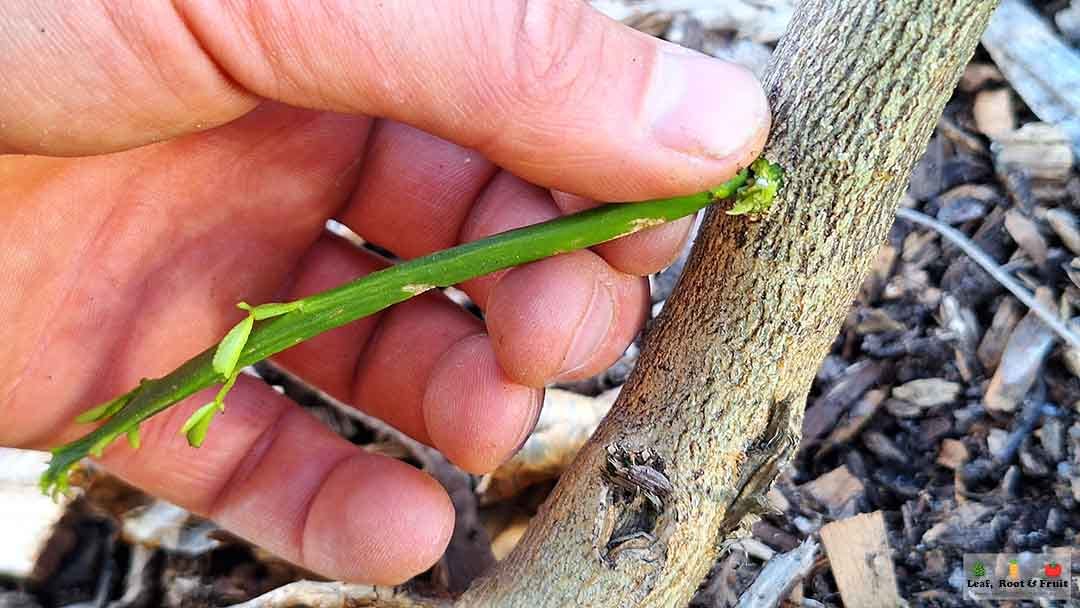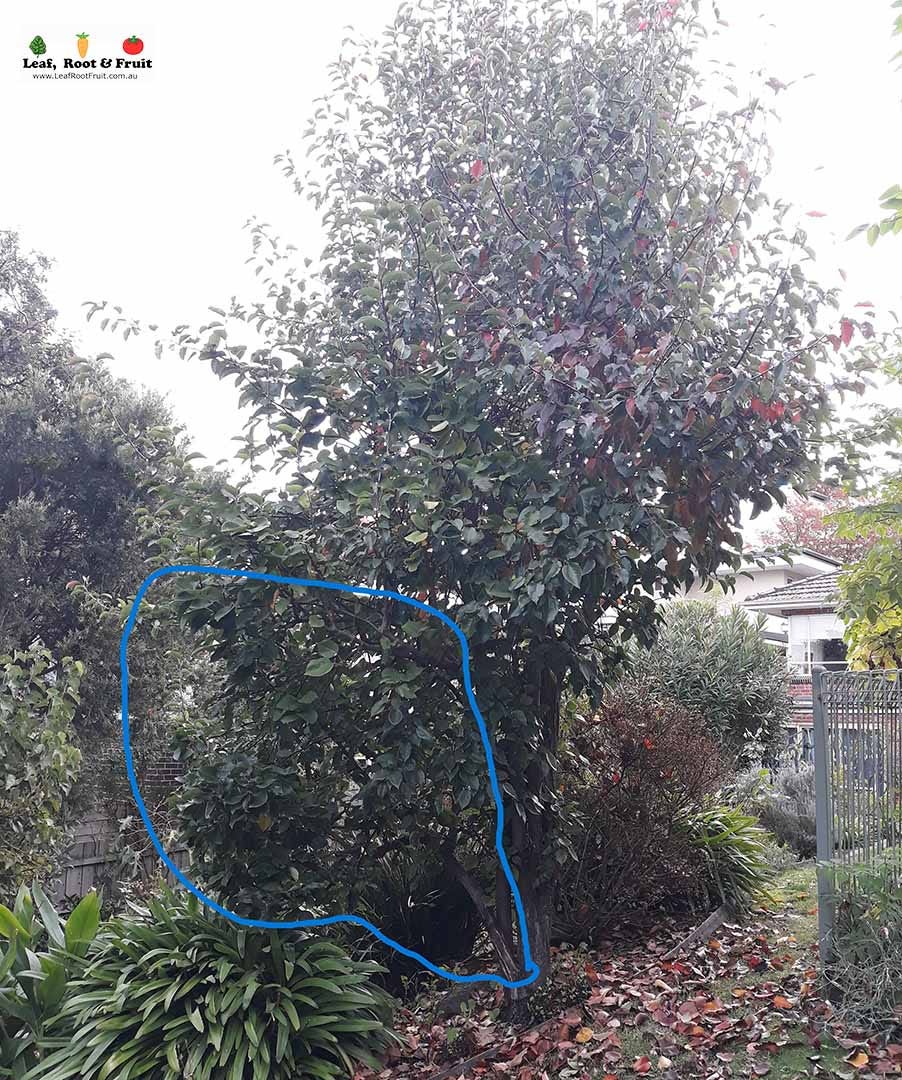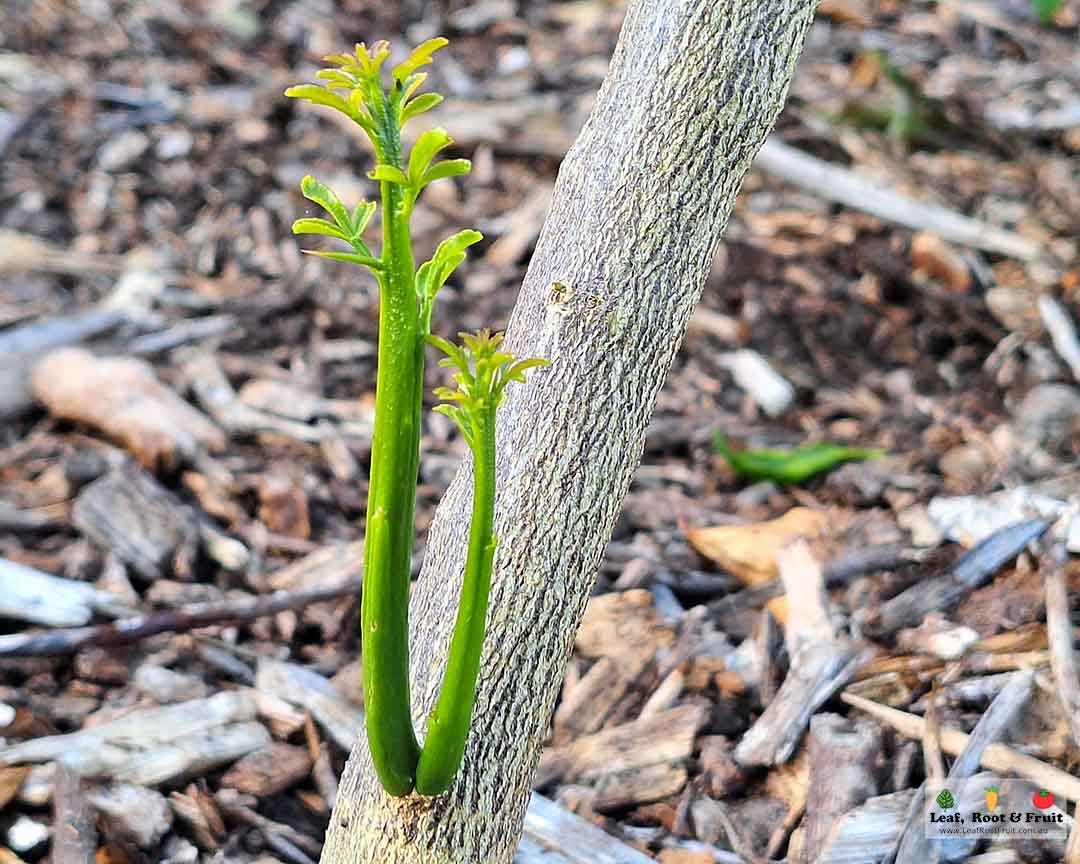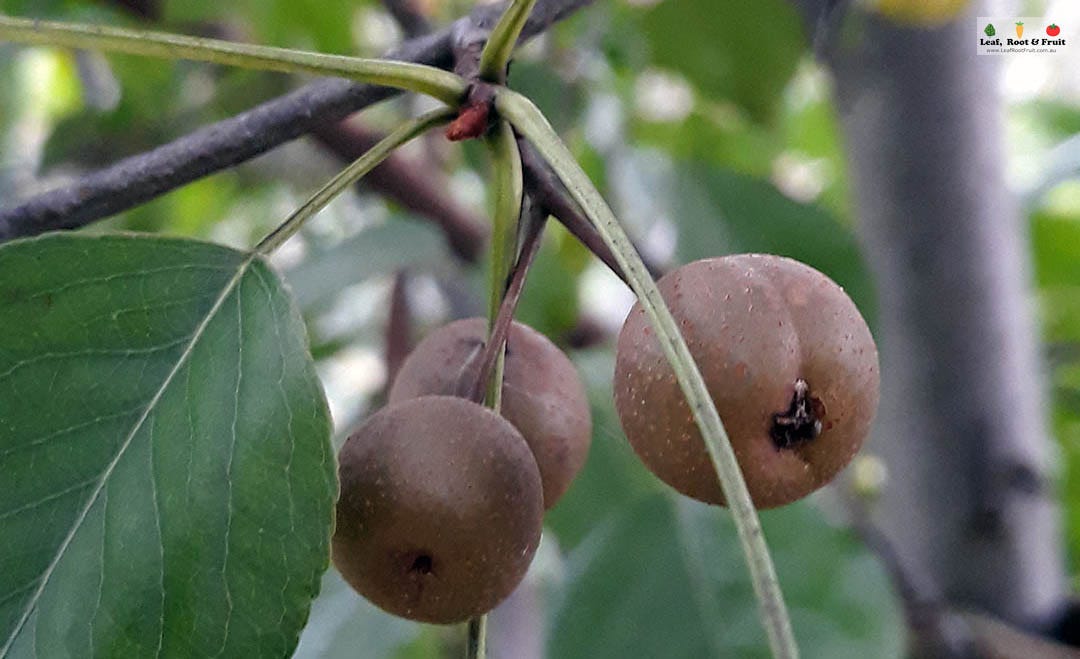
Michelle wanted some advice on how to manage her nashi tree. It was neglected and the rootstock had begun to take over.
“Is there any way I can salvage my nashi fruit tree so it produces the desired nashi fruit again and stops the root stock from growing rampantly?” she wrote. “It has only ever produced the desired nashi fruit on one big branch, but it has always been bountiful on that branch. It would also be nice to get my view of the Dandenong Ranges back again as the monster tree is blocking it out completely.”
Essentially, Michelle will need to make some drastic cuts and remove the branches that have shot from the rootstock.
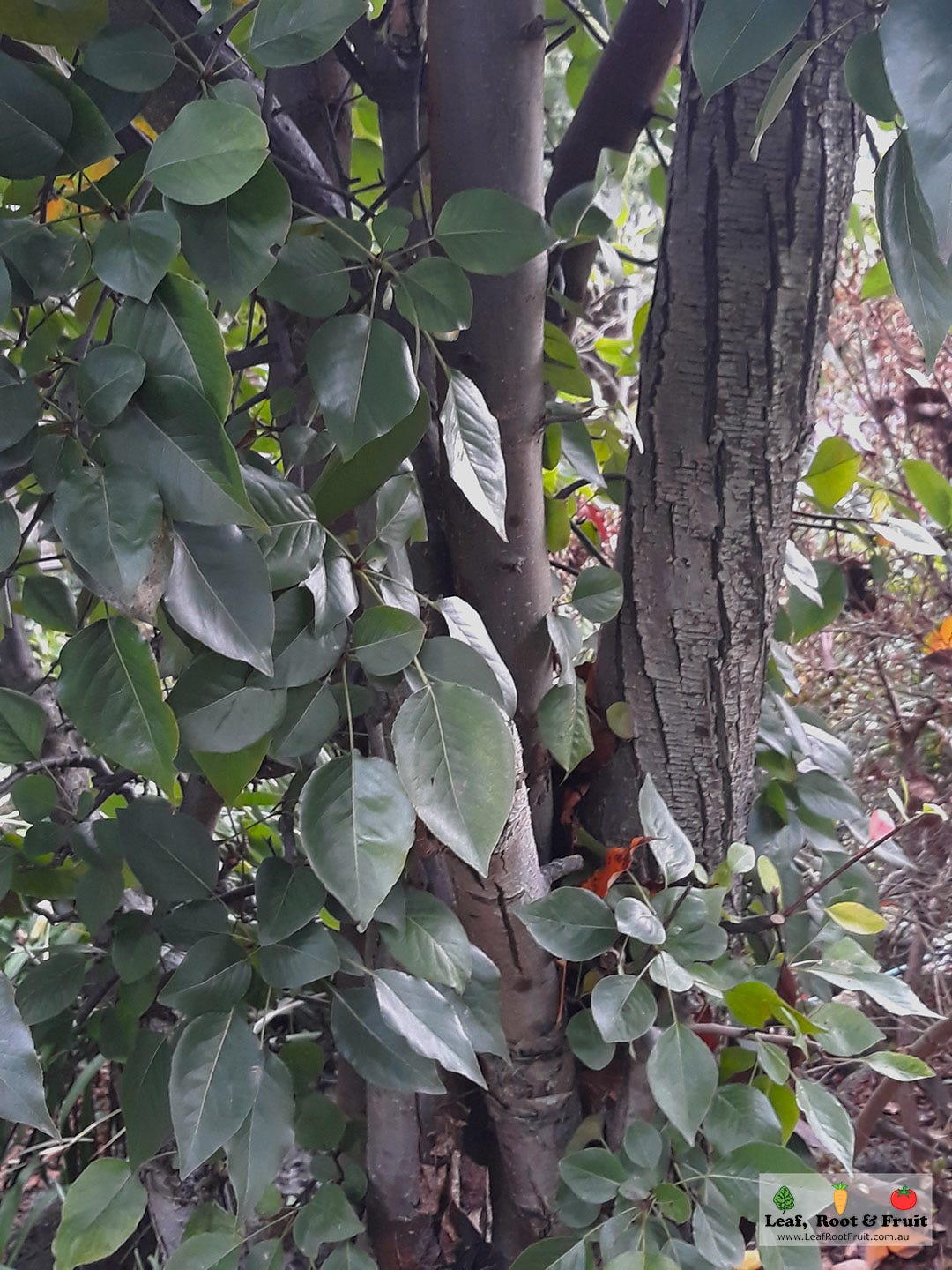
Removing the branches that have grown from the rootstock will have two main consequences:
Almost two-thirds of the tree will need to be removed. The tree is going to create a huge amount of vigorous foliage growth in response. Going forward it will be difficult to keep the fruit tree small.
It is going to be difficult to cut the rootstock branches off cleanly. It is likely they will continue to send out side shoots forever. This means Michelle will need to be extra vigilant to keep it from happening again.
This sort of problem growth from the rootstock can occur with any grafted fruit tree. It’s quite common in citrus, cherries and many other stone fruit. As always, prevention is better than cure. Here’s what to look for in your fruit trees and how to fix it before it becomes a major, chronic issue for your fruit tree.
A stick in time saves nine
Spotting emerging rootstock shoots early and removing them can make life much easier. Once the branches start to take hold, they can create a bigger issue. Often rootstock varieties are quite vigorous and they’ll quickly outgrow the desired variety of tree that’s been grafted on top.
Rootstock shoots often look different from the rest of the tree. I can tell that the shoots in the image above are from the rootstock because their leaf shape is completely different. The rootstock is trifoliata, which in Latin means “three lobed leaf”. Some rootstocks will be much thornier than the rest of the tree.
Sometimes – in plums, for example – the emerging rootstock shoots have different coloured foliage from the rest of the tree.
